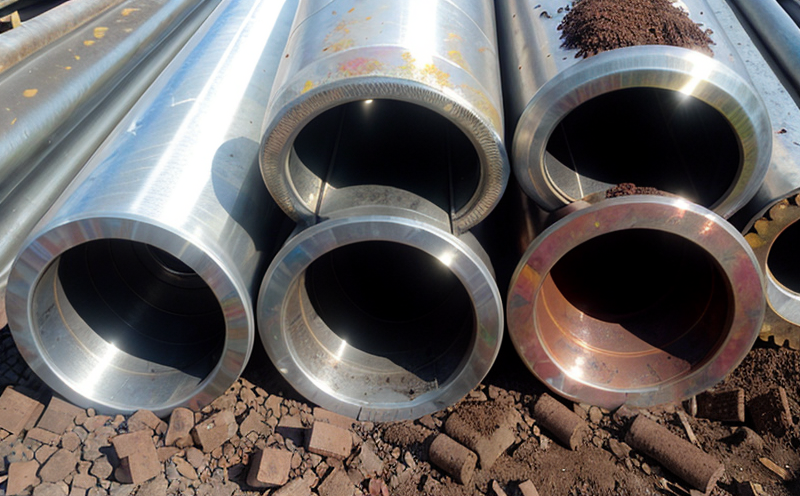REACH Compliance for Heavy Metals in Toys
Regulatory compliance is paramount when it comes to the safety and quality of toys. The Restriction of Hazardous Substances (RoHS) Directive, along with the Registration, Evaluation, Authorization and Restriction of Chemicals (REACH), are key European Union regulations that ensure products do not contain harmful substances. This service focuses specifically on compliance with REACH for heavy metals in toys.
The REACH regulation aims to protect human health and the environment from potential risks by controlling chemicals used in commercial products. For toys, this means ensuring that they are free from hazardous substances such as lead, mercury, cadmium, chromium, arsenic, and others specified under Annex XVII of REACH.
The testing process for REACH compliance involves a series of steps to ensure accurate and reliable results. First, the toy is sampled according to predefined standards. Then, the sample undergoes thorough analysis using various analytical techniques such as Inductively Coupled Plasma Mass Spectrometry (ICP-MS) and X-ray Fluorescence (XRF). These methods allow for precise detection of heavy metals down to parts per million levels.
The data obtained from these analyses is then compared against the maximum allowed concentrations specified in Annex XVII. If any metal exceeds these limits, further investigation into its source and potential mitigation measures are required. Compliance reports detailing the findings and recommendations are provided to clients for their records and actions.
This service ensures that toys meet stringent EU regulations while also helping manufacturers stay ahead of future changes in legislation. By adhering to REACH requirements, toy makers can protect both themselves legally and ensure product safety for consumers.
Scope and Methodology
| Step | Description |
|---|---|
| Sampling | Selecting representative samples from the toy for analysis. |
| Preparation | Dismantling and cleaning the sample to remove any non-metallic components. |
| Analytical Techniques | Using ICP-MS for precise metal detection and XRF for quick screening. |
| Data Analysis | Comparing analytical results against permitted limits in REACH. |
| Reporting | Providing comprehensive reports outlining compliance status and recommendations. |
Benefits
Compliance with REACH regulations not only ensures safety but also offers several strategic advantages. Firstly, it helps companies avoid legal risks associated with non-compliant products. Secondly, achieving compliance enhances brand reputation and consumer trust, which can lead to increased market share and customer loyalty.
Moreover, this service supports sustainable business practices by encouraging the use of safer materials. By identifying hazardous substances early in the supply chain, companies can take proactive steps to replace them with alternatives that meet environmental standards. This proactive approach fosters innovation within the industry while maintaining high ethical standards.
Environmental and Sustainability Contributions
- Reduces waste by encouraging recycling of metals that do not exceed safety limits.
- Promotes circular economy principles through responsible sourcing and disposal practices.
- Aids in reducing environmental impact from the production process by minimizing hazardous substance emissions.
- Encourages innovation in green technologies related to toy manufacturing processes.





